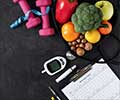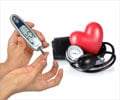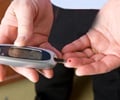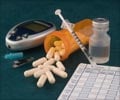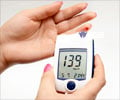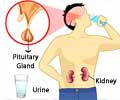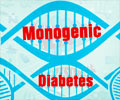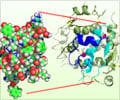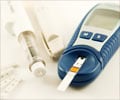Q: Which doctor should I consult if my fasting blood glucose levels are more than 100 mg/dL?
A: If your fasting blood glucose levels are more than 100 mg/dL and you have symptoms such as frequent urination, increased thirst and hunger, then you should consult a diabetologist.
Q: Why does insulin have to be injected and not taken orally?
A: As normal digestion interferes with oral administration of insulin, it should be injected. The digestive juices in the stomach and intestine will break down the insulin before it has a chance to get into the bloodstream to do its job.
Q: Will there be a difference in blood glucose levels between the laboratory and the glucometer reading?
A: Yes, there may be a slight difference between the laboratory sample and glucometer reading because glucose levels in plasma are generally 10–15% higher than glucose measurements in whole blood as HBGM measure the glucose in whole blood while most lab tests measure the glucose in plasma. Currently, most of the glucometers give results as "plasma equivalent" which is calculated from the whole blood glucose reading using an equation built into the glucose meter and allows patients to compare their glucose measurements in a lab test and at home. It is important for patients and their health care providers to know whether the meter gives its results as "whole blood equivalent" or "plasma equivalent."
Q: Are there any factors affecting the blood glucose values measured by glucometers?
A: A variety of factors such as calibration of meter, ambient temperature, size and quality of blood sample, high levels of certain substances (such as ascorbic acid) in blood, hematocrit, dirt on meter, humidity, and aging of test strips can affect the accuracy of a test. In recent models of glucometer, the Consensus Error Grid has been incorporated for accuracy of readings related to management consequences.
Q: What is HbA1c and what does its value signify?
A: HbA1c refers to glycated hemoglobin. Hemoglobin, which carries oxygen, joins with glucose in the blood, becoming "glycated". As RBCs in the human body survive for 8-12 weeks before renewal, measurement of HbA1c can be used to reflect average blood glucose levels over that duration. This method provides a useful longer-term gauge of blood glucose control. The value of HbA1c is less than 6% in normal individuals whereas in prediabetes, it is 6.0-6.4% and in diabetics, it is above 6.5%. Higher the HbA1c, the greater the risk of developing diabetes-related complications.
Q: Is it advisable to eat sweets and chocolates in hypoglycemic conditions?
A: Foods rich in fat (such as chocolates or sweets) should be avoided during hypoglycemia as the fat present in such foods delays absorption of the glucose from the intestines and delays the rise in the blood glucose level.
Q: Where exactly should insulin be injected?
A: The insulin is absorbed most consistently when it is injected into the belly. The next best places to inject it are arms, thighs, and buttocks. One should make it a habit to inject insulin at the same general area of the body, but change the exact injection spot; this will help in reducing the scar formation under the skin.


